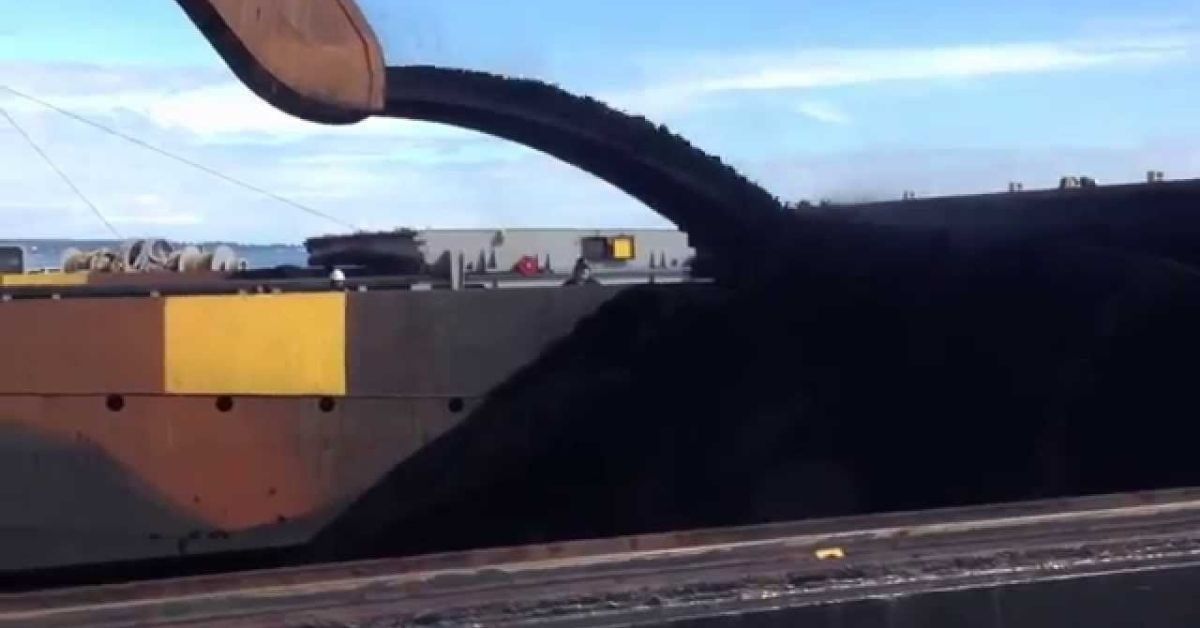As a result of an extreme heat wave and the reopening of the economy, power consumption in the country reached a new high of 203 Gw. This comes at a time when, in the face of a domestic coal crisis, the Centre is pushing for imported coal after avoiding it for several years.
However, this has put a strain on the entire supply chain, which is dealing with a price of Rs 10,000 per tonne of fossil fuel. At one end of the chain, power distribution companies (discoms) are still struggling financially and are opposed to coal imports. On the other hand, domestic coal availability and supply are under strain, and in the midst of it all, rail infrastructure is strewn over the country.
Close to 81 per cent of India’s operational coal-based power generation capacity is situated away from the mines (500 km and above). While ideally, most thermal power generation in any country should be closer to mines, it is exactly the opposite in India, said a Delhi-based sector analyst. “Be it political obligation or private investment, there’s hardly any rationale for a power plant situated 500-1,000 km away from coal mines,” he said.
The fallout of this situation was felt by Indian Railways this year, when it had to cancel passenger trains just to make way for more coal to move from the Eastern coal bearing states towards plants in the North and East. The second alternative is to import coal, but this has become a very expensive proposition.
The sole reason for not many states showing interest in imported coal is the cost. At 10,000/tonne, imported coal is five times costlier than CIL coal. Central government-owned NTPC which is in the process of issuing tenders worth 20 MT, will see the power tariff from its units go up by at least 50-70 paise. This will have to be borne by consumers. The power ministry last week allowed state and private units to charge a compensation tariff in lieu of importing coal. But not many discoms cannot afford it due to their weak financial situation.







